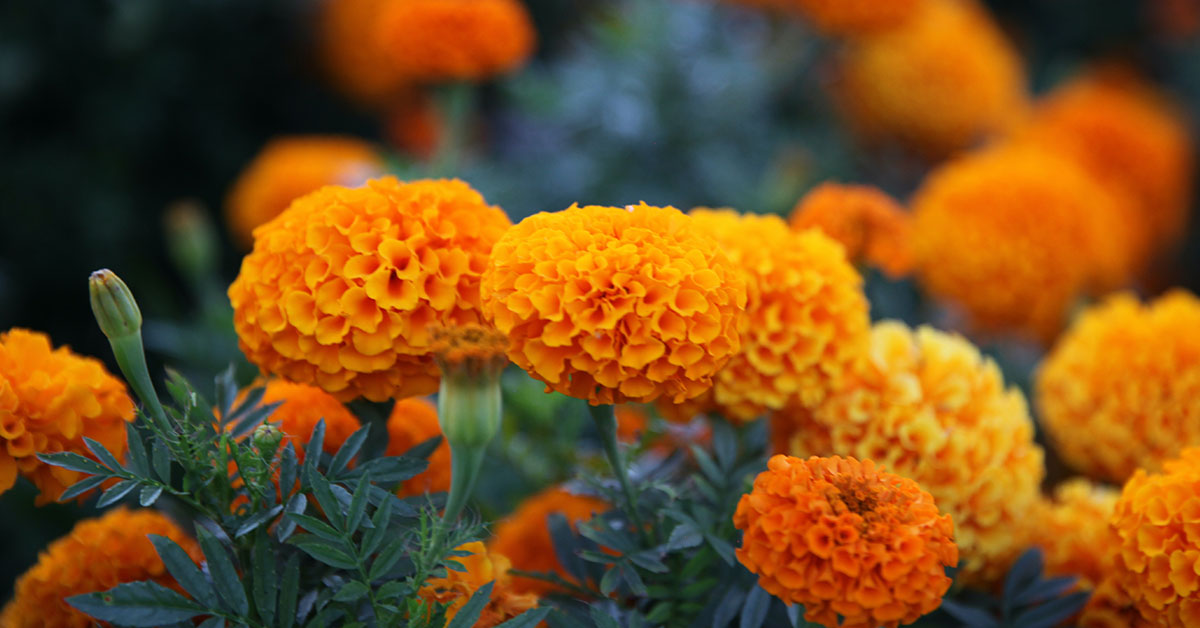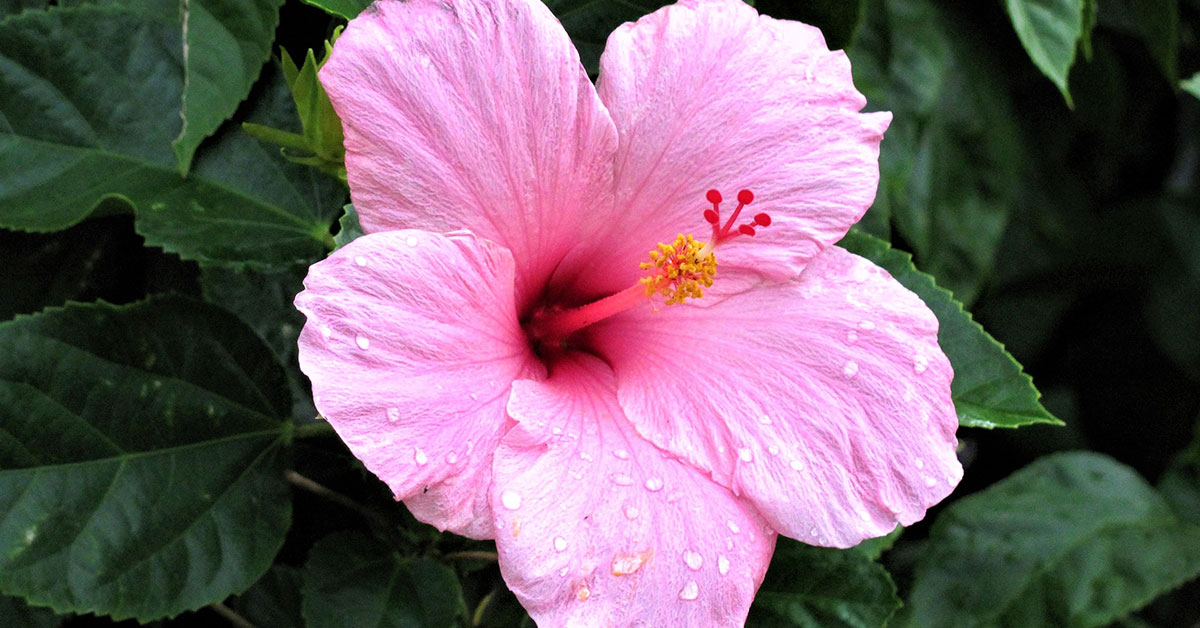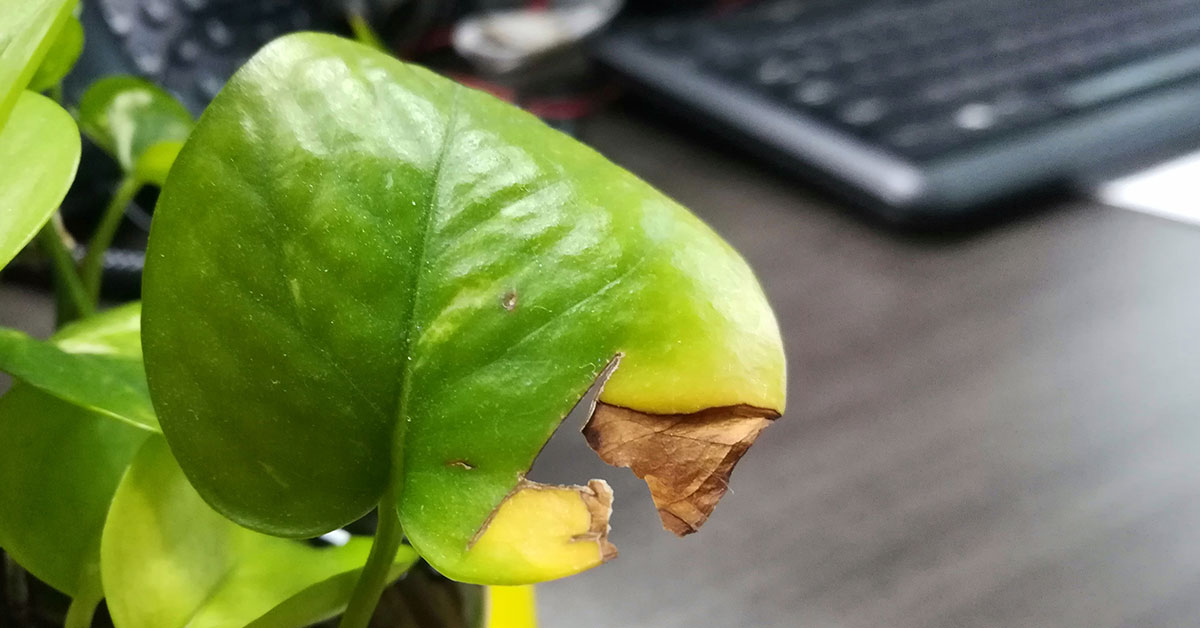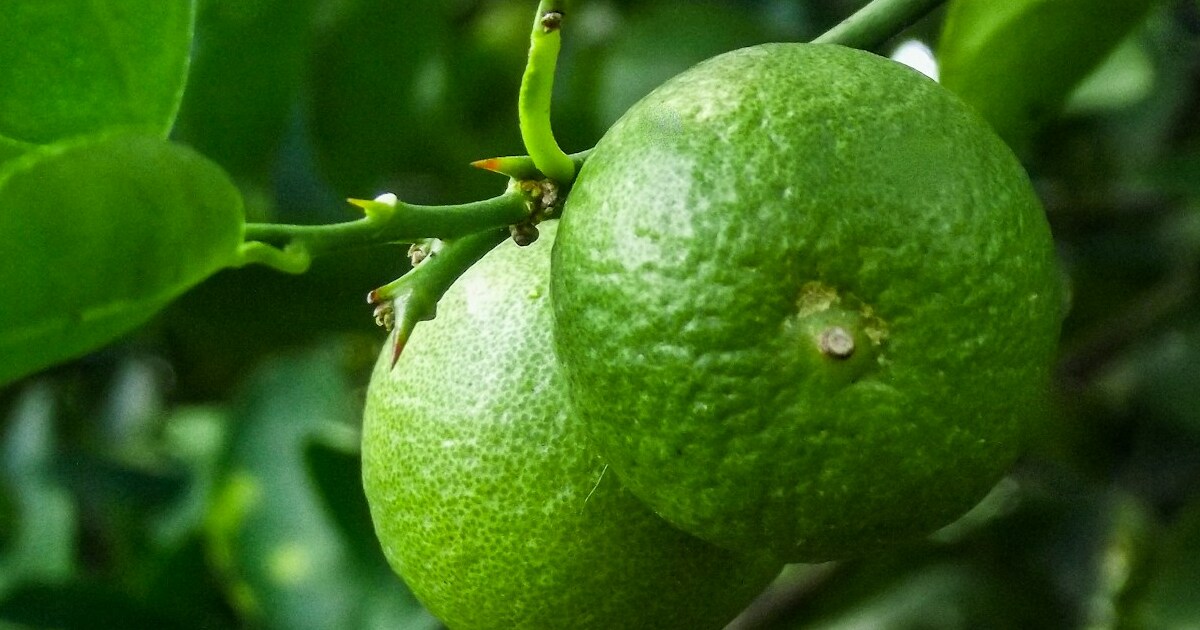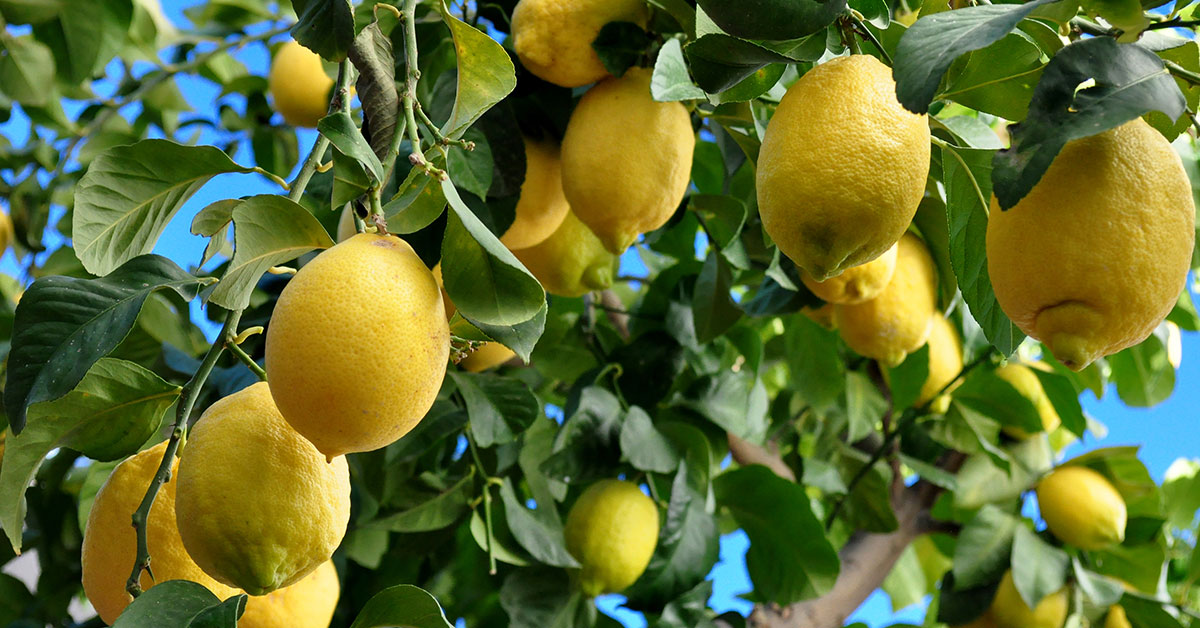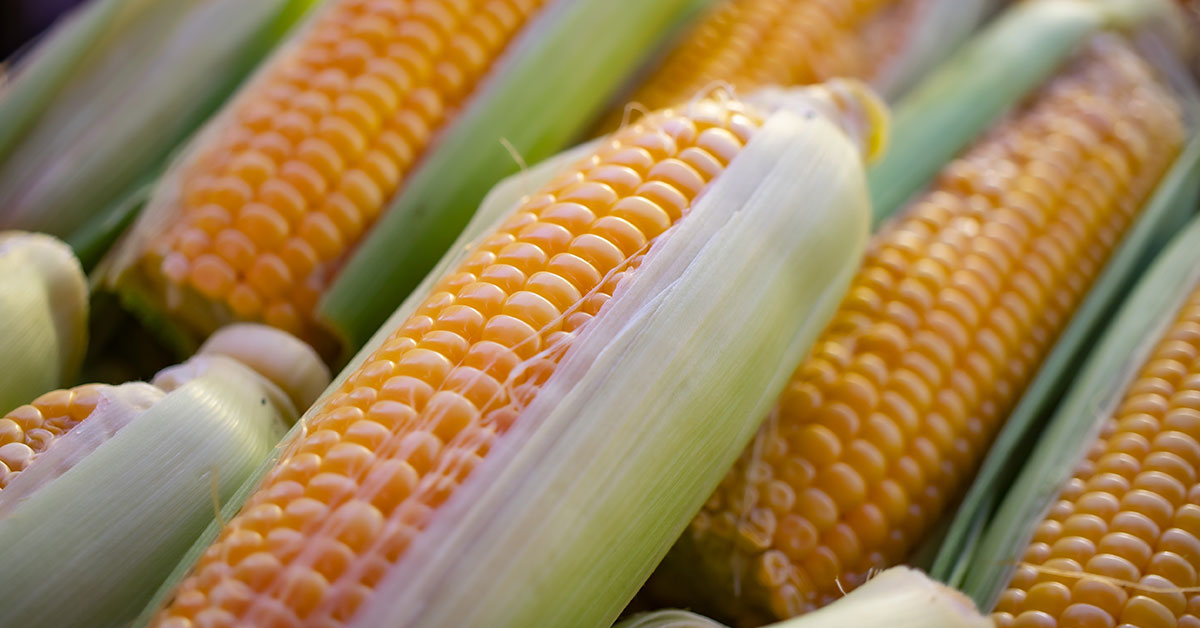One of my favorite gardening practices is growing vegetables in raised beds—there’s something so rewarding about crafting a rich, contained soil mix and watching rows of peppers, tomatoes, and greens flourish! Raised beds warm up earlier in the spring than in-ground plots, giving you a head start on the growing season and providing superior drainage for crops like eggplants and sweet potatoes, which thrive in well-drained conditions. I know how exciting it is to transplant seedlings into a freshly built bed, and just as equally frustrating when poor soil or pests threaten to derail your plans. That’s why setting up raised beds thoughtfully can make all the difference between a bountiful harvest and a disappointing season.
Whether you’re a seasoned gardener or a first-timer eager to grow your own homegrown tomatoes, cucumbers, and kale, this article will equip you with ten essential tips. From choosing the right bed materials to mastering irrigation, soil composition, and pest management, we’ll delve into each aspect of raised-bed vegetable gardening. Along the way, I’ll share insights about attracting beneficial insects like native bees for pollination, preventing invasive weeds from sneaking in, and adjusting soil fertility to match each crop’s needs. So grab your trowel and gardening gloves—let’s dig in and ensure your raised beds yield the best veggies possible!
Choosing the Right Bed Height and Material

Selecting the ideal height for your raised bed is crucial—anything from 8 to 24 inches deep can work, depending on the vegetables you intend to grow and your mobility needs. Shallow-rooted plants like lettuce, radishes, and spinach require only about 8–12 inches of soil, whereas deep-rooted crops such as carrots, parsnips, and potato varieties need at least 18–24 inches so their roots can freely stretch. One of my favorite approaches is to tailor bed height: I built an 18-inch-deep bed specifically for carrots and another 12-inch bed for my salad greens, ensuring each crop has adequate root space.
When it comes to materials, cedar and redwood are popular choices due to their natural rot resistance. Asparagus, originating from the Mediterranean basin, and other long-lived perennials thrive in beds constructed with untreated cedar, which can last several years without chemical leaching. Alternatively, reclaimed lumber or concrete blocks can be budget-friendly, but be cautious about potential contaminants—pressure-treated wood often contains copper compounds that might leach into the soil. My neighbor’s raised beds made from old railroad ties unfortunately harbored creosote residues, which impeded plant growth. By contrast, my cedar beds—standing free from harmful treatments—create a safe environment for vegetables and the ground-nesting solitary bees that often burrow in the adjacent pathways!
Soil Mix Composition

High-quality soil is the backbone of any raised bed: a well-balanced mix replicates the fertile, friable soils where many crops evolved—like heirloom tomatoes, originally from the Andes, which thrived in rich, volcanic loamy soils. I blend roughly 40% aged compost, 40% topsoil, and 20% coarse sand or perlite to create a loose, nutrient-rich medium that retains moisture without turning waterlogged. Vegetables such as zucchini and peppers, both native to the Americas, flourish in this blend because their roots can easily expand and access nutrients.
Avoid using plain garden soil, which in raised beds can compact over time and impede root growth—plus, it often lacks adequate organic matter for heavy feeders like squash and eggplants. When I first tried filling a bed with only local clay loam, my cucumbers (native to India) eventually suffered from root constriction, leading to stunted vines. Once I re-amended that clay with compost and sand, the cucumber roots dove deep, allowing my vines to produce abundant, crisp fruits. Incorporating aged manure, leaf mold, or worm castings adds vital micronutrients and beneficial microorganisms that help ward off certain soil-borne diseases, while mimicking the rich forest floor habitats where many leafy greens evolved!
Watering and Irrigation Techniques

Maintaining consistent moisture levels is essential—raised beds tend to dry out faster in hot weather, which can stress vegetables such as beans and broccoli that need regular water to develop full pods and heads. I install soaker hoses or drip irrigation lines threaded beneath the mulch layer, providing slow, steady water that soaks directly into the root zone. Last July, when a heatwave scorched my beds, my basil (native to tropical India) suffered severe flower drop until I switched to drip irrigation; within days, the foliage perked up, and even potato beetles were less attracted to those well-hydrated, robust leaves!
Mulching with straw or shredded leaves further conserves moisture by reducing evaporation, and it also suppresses weeds that would otherwise compete for water. In my experience, applying a 2–3 inch mulch layer around thirsty plants like tomatoes and cucumbers creates a mini-retreat for moisture-loving beneficial insects, such as ground beetles and tiny sweat bees that nest in damp soil. Remember, overwatering can be just as harmful—especially for root vegetables like carrots, which originate from Central Asia and require consistent but not soggy conditions. Using a moisture meter or simply feeling the soil with your finger can help you strike the right balance!
Proper Spacing and Plant Density

Raised beds often tempt gardeners to cram in as many plants as possible, but overcrowding can invite fungal diseases and reduce yields. For example, tomatoes from the Andes region benefit from 24–30 inches between plants, allowing good air circulation and sun exposure. Cucumbers need roughly 12–18 inches, depending on whether they’re bush or vining types, to prevent dense, humid clusters of foliage where powdery mildew can thrive. I once lost half my slicing cucumber crop to mildew because I planted them too close together; re-spacing subsequent rows helped me avoid that issue entirely!
Leafy greens like lettuce or spinach—both originally from Mediterranean climates—can be planted more densely (about 6–8 inches apart) since they don’t form tall, woody stems. However, stagger these in two rows down a 4-foot-wide bed to maximize sun penetration and airflow. I love planting alternating rows of kale (native to Turkey and southeastern Europe) with spinach, creating a patchwork of greenery that reduces weed pressure and fosters beneficial insect movement. Proper spacing not only boosts vegetable health but also lets pollinators, like bumblebees for squash blossoms or solitary bees for pepper flowers, easily access blooms without obstruction!
Companion Planting Strategies
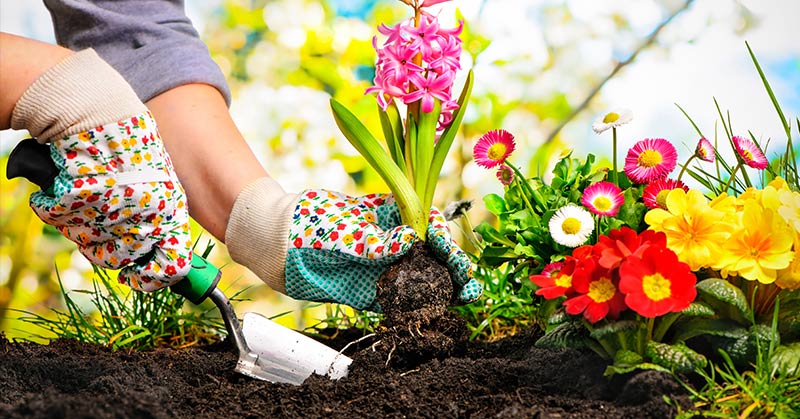
Companion planting enhances health and yield by pairing vegetables with mutually beneficial partners. Carrots (native to Persia) thrive near onions and leeks, whose sulfurous aroma repels carrot flies. Tomatoes pair well with basil (originally from India), as the basil’s scent deters thrips and whiteflies—common pests that can spread tomato mosaic virus. In my raised beds, I love interspersing marigolds (Tagetes spp.)—native to Mexico—between rows of cucumbers and squash because their pungent scent repels nematodes that attack cucurbit roots.
Cabbage family crops—like kale and broccoli (both from Europe)—enjoy neighbors like dill and alyssum, which attract predatory wasps and hoverflies that feast on cabbage worms and aphids. When my kale fell victim to a caterpillar infestation last spring, I planted alyssum around its base; within days, tiny hoverflies laid eggs on the cabbage whites, and the resulting larvae feasted on worm eggs. Meanwhile, patios or walkways adjacent to my beds host ground-nesting bees, drawn by the open sand between stepping stones, which in turn pollinate my squash blossoms. Thoughtful companion planting can transform raised beds into dynamic ecosystems rather than monoculture dungeons!
Crop Rotation and Succession Planting

Rotating crops each season is just as important in raised beds as in traditional plots to prevent nutrient depletion and disease build-up. Nightshades (tomatoes, peppers, eggplants—all native to the Americas) should not follow one another in the same bed; instead, rotate them with legumes (beans and peas, originally from Central and South America) or brassicas (broccoli and kale, originating in Europe). When I failed to rotate my tomatoes last year, I experienced Blight’s return; once I switched to beans in that bed, the disease incidence plummeted, and soil nitrogen improved for the following season.
Succession planting ensures your bed remains productive without lengthy fallow periods. After harvesting early spring radishes and lettuce (both Mediterranean natives), immediately sow a summer crop like cucumbers or bush beans. Once those finish, replant with winter greens such as spinach (native to central Asia) or garlic (from Central Asia as well). In my raised bed, this sequence once yielded three full cycles: spring salad greens, mid-summer zucchini (from Mesoamerica) and peppers, and then a lush late fall collard green patch. This continual planting mirrors the intercropping natural systems where Indigenous farmers in Mesoamerica alternated corn, beans, and squash—a synergy that keeps soil fertile and disrupts pest life cycles!
Pest and Disease Management

Raised beds can limit ground-dwelling pests like voles and slugs, but cucurbits often still face squash vine borers (native to North America), cucumber beetles (native to Asia and Europe), and fungal pathogens such as powdery mildew. Early-season monitoring is key: inspect cucumber leaves daily for the telltale yellow and black striped beetles, which spread bacterial wilt, and handpick any you find. I’ve actually placed a few trap crops of squash—smaller, less valuable varieties—at the edge of one bed to lure vine borers away from my prized zucchinis, and then removed the infested plants once the pests congregate there.
Disease prevention relies on good sanitation and airflow. Remove any yellowing or diseased foliage promptly—especially from tomatoes prone to early blight (native to the Andes) or cucumbers susceptible to angular leaf spot. Employing floating row covers early on can also protect seedlings from flea beetles and cutworms. When humidity threatens a downy mildew outbreak in my squash, I spray a copper-based fungicide approved for edible gardens; within a week, new leaves re-emerge healthy. Encouraging beneficial insects—like predatory ground beetles and parasitic wasps that nest in loose bed edges—helps suppress pest populations naturally, ensuring your raised bed stays balanced!
Fertilization and Soil Amendments

Vegetables in raised beds can be heavy feeders, requiring regular nutrient top-ups. A balanced organic fertilizer (such as 5-5-5) applied at planting sets the stage, and mid-season side-dressing with composted manure or worm castings gives an extra boost. Crops like broccoli and spinach—both native to Eurasia—benefit from nitrogen-rich amendments to produce lush foliage, while fruiting plants like tomatoes and peppers thrive when fed a fertilizer richer in phosphorus and potassium once fruit set begins. During one scorching July, my bell pepper yields dwindled until I added a pinch of bone meal at the base; within days, new blossoms opened, and sleeves of green fruits followed!
Seasonal amendments keep soil vitality in check: after each harvest, I scatter a thin layer of composted leaves and grass clippings to break down over winter. This emulates the leaf litter layer found in many native habitats—like the deciduous woodlands where squash relatives evolved—providing slow-release nutrients. Wood ash from a fire pit can supply potassium, especially beneficial for root crops like carrots and beets. I once neglected winter amendments, and my spring zucchini yields lagged until I recharged that bed with compost. Regular feeding, tailored to each vegetable’s origin and nutrient needs, ensures your raised bed remains a powerhouse of fertility rather than becoming nutrient-depleted over successive seasons!
Trellising and Vertical Gardening

Vertical gardening maximizes space in raised beds, especially for vining crops like cucumbers and pole beans. In their native habitats—cucumbers from the tropical forests of India—they climbed trees or other vegetation. Mimicking that vertical habit, I erected a simple trellis of bamboo stakes and twine, allowing vines to reach for the sun. This not only boosts air circulation—reducing downy mildew—but also provides easier harvesting. Last summer, my trellised cucumbers produced straighter, more uniform fruits, while stray volunteer squash lingered less on the soil, avoiding pitfalls like rot.
Tomatoes, another clinging plant originally from the Andes, benefit immensely from cages or stakes that keep the fruit off the ground and accessible to pollinators. When I first used spiral tomato stakes, I was amazed at how quickly honeybees zeroed in on the elevated blossoms. The increased visibility and airflow led to a dramatic reduction in blossom end rot—an issue common in tomatoes grown on the ground. Even heavy vines like yard-long beans (native to Southeast Asia) climb eagerly when given vertical support, allowing ground-level crops—like lettuce and beets—to occupy the lower strata of the bed. In this way, vertical gardening transforms a 4×8-foot bed into multiple productive layers!
Attracting Beneficial Insects and Pollinators

Integrating flowering plants like borage (native to the Mediterranean) and zinnias (from Central America) around your raised vegetable beds provides nectar-rich landing spots for pollinators and predatory insects. When borage blooms, it draws in native mason bees, which nest in small cavities near the bed’s edge and diligently pollinate my cucumbers and squash. Without those early summer pollination boosts, I used to struggle with poor fruit set—especially on pattypan squash, which requires frequent bee visits for full ovaries.
Providing habitat—like small, undisturbed piles of sandy soil for ground-nesting solitary bees or leaving patches of grass clippings just outside the bed—encourages beneficial ground beetles and parasitic wasps to establish colonies nearby. These insects keep pest populations in check: parasitic wasps deposit eggs in hornworm larvae (a dreaded tomato pest), while ground beetles devour slugs under the cover of mulch. In one raised bed corner, I let a rosemary bush (originally from the Mediterranean) grow slightly wild, creating a miniature nesting site for tiny sweat bees that flit between its blue flowers and my tomato blossoms. By fostering this living network, your raised bed becomes a self-regulating ecosystem, teeming with pollinators and predatory helpers!






